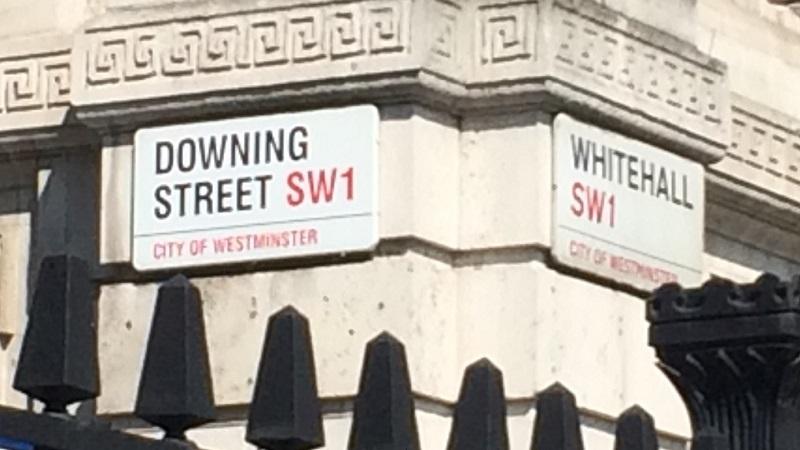IfG’s annual Whitehall Monitor publication finds pockets of progress but other areas where momentum is lacking
A major annual report assessing government’s performance has concluded that the cross-department reform strategy unveiled last year is already “expired” and needs to be replaced with a new plan of action.
The Declaration on Government Reform was published in June and set out a range of actions to be completed during the coming months including: enhancing the skills in government through recruitment and training – including keeping pace with the growing need for digital and technology expertise; relocating civil servants outside London; improving the diversity of the civil service; increasing the use of data in decision-making; and delivery of the planned single online log-in system for all government services.
The declaration is “ambitious in parts”, according to the newly published Whitehall Monitor report from think tank the Institute for Government, which added “some progress” has been made on the priority areas identified in the declaration, including plans to relocate civil servants.
But the IfG also found progress has been slow in other areas and the government is “yet to realise” the objectives it intended to complete in 2021.
Related content
- Report calls for ‘more power’ in Whitehall to be centralised
- Review of departmental delivery signals Whitehall reform drive still in effect
- Digital skills gaps remain despite civil service adding 10,000 people last year
It also said the declaration “does not fully address some of the most complex, perennial problems of civil service reform, such as confused accountability between ministers and senior officials”.
“Confused accountability leads to blame shifting between ministers and officials, making it difficult for government to learn lessons when things go wrong.”.
Overall, the think tank concluded that the “expired” declaration should be replaced with a new strategy for reform.
Whitehall Monitor found that the civil service workforce ballooned by 10% last year amid efforts to tackle the coronavirus pandemic, with marked growth of jobs in London.
There were 472,700 civil servants in September 2021 – nearly as many as there were before austerity-driven staffing cuts began in 2010, according to the IfG.
Every department has grown in the last year except the Foreign Office, which shrank by 7%. The Department of Health and Social Care has risen by the largest amount, nearly doubling in size from September 2020 to September 2021.
Ministers outlined plans in the autumn 2021 Spending Review to reduce the civil service headcount to pre-pandemic levels by 2023-24, while the government has also committed to making the civil service less London-centric.
“A key question for 2022 will be how ministers and senior officials plan to make these reductions while maintaining the civil service capability needed to achieve the government’s priorities,” the report says.
This is the fifth consecutive year in which the civil service has grown, with Brexit preparations spurring a reversal of cuts under the coalition government.
The diversity of the civil service continues to increase but the job is “unfinished”, the report said.
As of March 2021:
● 54% of civil servants were female, including 47% of senior civil servants, compared with 48% of the economically active population
● 14% of civil servants identified as coming from an ethnic minority background, including 11% of senior civil servants, compared with 13% of the economically active population
● 14% of civil servants identified as disabled, including 8% of senior civil servants, compared with 15% of the economically active population
This means people with all three of these characteristics are at least or nearly as represented in the civil service as they are in wider society.
The proportion of female senior civil servants has nearly doubled in the past 20 years, while the proportion of ethnic minority and disabled senior officials has more than doubled.
But the IfG said more needs to be done to address gaps in representation among the senior civil service.
The government had committed to publishing a new diversity and inclusion strategy by the end of 2020 but this has not happened yet. Progress will need to continue if the civil service is to become genuinely representative of the population it serves and the strategy is key to that, the report added.




